Hacking is becoming a more and more common reality in our world. Some estimate that by 2025, the number of people hacked will reach one billion. With so many hackers out there looking to steal your personal information, it’s essential to take steps to protect yourself from these hacks. Here are some of the efficient ways you can keep your home wifi safe from hackers:
1. Create a password for your router that is difficult to guess
Everyone is afraid of forgetting their passwords, and therefore they create them as a series of numbers, such as 123456. Passwords that are difficult to remember, on the other hand, are ideal for system security.
You’ll need to share the wifi password with other members of your family and close friends and relatives who come to see you regularly. You have no control over who they provide that password. Although any computer’s operating system can look up a password previously set up, few people are aware of it. It’s more challenging to communicate with a sophisticated password, and it’s also impossible to guess.
Use a string of random characters to make it more difficult for people attempting to guess your wifi password. A wifi password should be 12 or 20 characters long, and the Comparitech password generator can help you establish one.
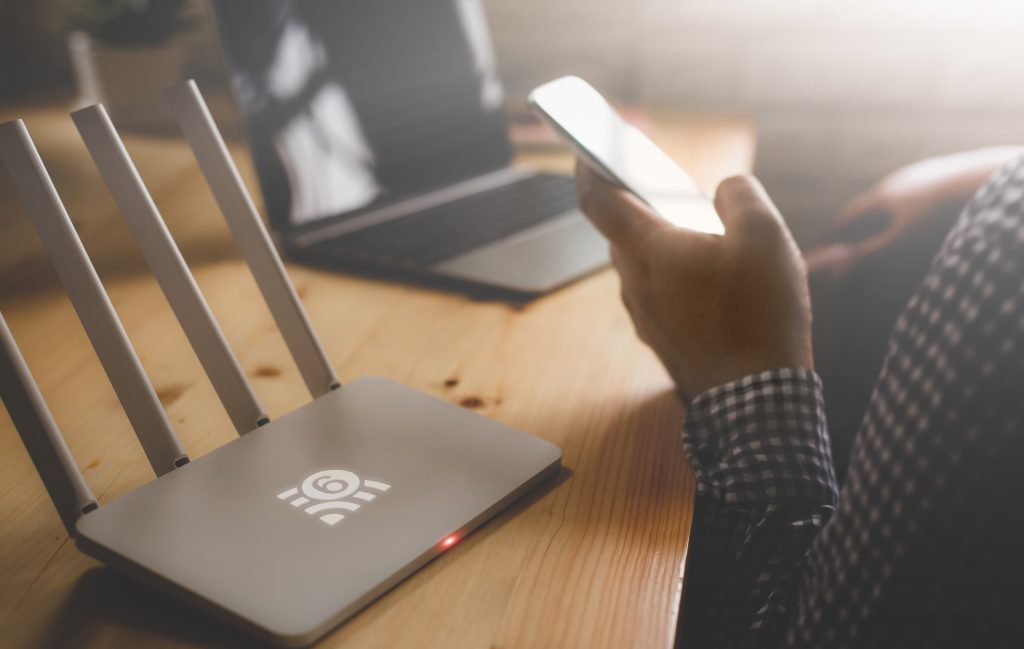
2. Use WPA2 encryption
Weak wifi encryption can be cracked using various freely available hacker tools, allowing an attacker to intercept, observe, and manipulate your online activity. Only the end user’s device and the wifi router can read the contents of a transfer. Hence three types of wifi protection methods are routinely employed to encrypt transmissions.
Wired Equivalent Privacy (WEP), wifi Protected Access (WPA), and wifi Protected Access 2 are the three options (WPA 2). WPA2 is the best option out of the three. You’ll need WPA2 AES, a more secure form of this technology. The AES cipher protects transmissions, and the encryption mechanism is unbreakable.
You can modify the wifi encryption in the router console, and AES encryption is frequently found in a second pick-list. So, after selecting WPA2 in the first field, you can move on to the second field and pick AES.
3. Change the router’s administrator password
The router’s administrator password is different from the wifi password. The former gives someone full access to your router’s settings, while the latter only allows them to connect to the internet.
Any device connected to the network can log into your router’s console. The administrator account on routers is often set up using the same username and password for every piece of equipment that the vendor sells. It is not the same as merely connecting to the network; it allows you to configure the network. Anyone connecting to the router can guess or Google its access details with some knowledge. It renders you vulnerable to a hacker or a high-achieving adolescent.
They can alter the admin password and lock you out if they gain access to the admin console. So, reset those credentials before your daughter’s smart-asset pal does it. Choose a strong password that’s unique to your router.
4. Keep the router firmware up-to-date
Hackers are always coming up with new ways to break into systems. That’s why it’s essential to keep your router’s firmware up-to-date. Firmware updates usually patch security holes, so it’s essential to install them as soon as they become available.
Any news headlines about significant virus attacks should also serve as a trigger for firmware updates. New viruses usually propagate because a hacker found a security flaw, sometimes known as an “exploit.” Hackers are sometimes able to uncover these flaws before technology companies do. When a severe assault occurs, the router manufacturer will review its firmware code to ensure that its equipment is not vulnerable to the new attack. If it is, a security fix will be released. As a result, check the manufacturer’s website for your router whenever these news reports break.
Log in to the router’s control panel and look for the Firmware Update page to update your router’s firmware. You should be able to check for updates and install them with a few clicks.
5. Hide the Network
The SSID of your router does not have to be broadcast. Your house wifi becomes a hidden network if you prevent your router from giving out its identity. Devices that already have connection data will be able to connect, but passers-by will not be able to see it. In many circumstances, a line that says “Hidden network” will appear in the network list that others view. It is impossible to join a network without knowing its name.
If you acquire a new device, making it impossible for unknown devices to connect to the network is an issue. You can, however, temporarily enable SSID broadcast to allow your new device to connect to the network. Make the network hidden once you’ve established a password-protected connection. Hide the network to make it easy to prevent visitors from connecting. They are less likely to ask for the password if your router does not appear in their list of available networks.
6. Set up a guest network
You may want to give visitors access to the internet without giving them access to your private network. In that case, you can set up a guest network. A guest network is a separate network with a password that provides internet access but does not allow guests to access your primary network.
Many routers come with a guest network feature, but you can still set one up manually if yours doesn’t. The process is different for every router, so you’ll need to consult your router’s documentation.
7. Use a VPN
Virtual private networks (VPNs) are generally used to improve online privacy. They do, however, provide security benefits that assist secure your router from unauthorized access. If you or other family members routinely use wifi networks in public areas, such as cafes, a VPN can help prevent your devices from being hacked. Hackers utilize “Man-in-the-Middle” attacks to steal information from other users on the same network, and they can also be used to infect your devices with malware. When you connect those gadgets to your network at home, your router becomes an easy target.
A VPN can also help with the issues that wireless packet sniffers cause. A VPN encrypts all communication from and to your computer as it travels over the internet beyond your wifi router to a remote server. That implies that intermediaries won’t be able to trick you into making a phony connection or hack into your data stream by entering your router. The VPN’s protection is delivered through the router, so even if the router’s encryption is disabled, you’ll still have VPN encryption to keep your data safe.
8. Turn off your network when going away for extended periods
If you’re going on holiday or won’t be needing your home wifi network for a few weeks, you should turn it off. Hackers can’t work their way through your network when it isn’t on. Not only will turning off your router help reduce security risks, but if you unplug it, you can also prevent it from being damaged by power surges.
9. Turn on the Firewall
Your wifi router likely has a firewall, but you haven’t enabled it. Look through the console’s settings to check whether it’s there. If not, go to the router manufacturer’s website’s Customer Support pages. If there is a knowledge base, you can use the keyword “firewall” to search the site and see what material comes up.
The system used by wifi routers is known as NAT, which stands for “network address translation.” Because of the address manipulation, each machine on your network is given an address only known by the router, and it does not accurately portray you on the internet. Instead, the router has its IP address, which it uses to interact with the rest of the world. The NAT mechanism has the fortunate side effect of preventing outsiders from recognizing specific network devices’ addresses, and unwanted traffic is intercepted and stopped before it reaches end-user devices.
Aside from this, routers usually include a hardware firewall. It operates a little differently from the software you most likely have on your computer, and it is worthwhile to switch it on.
10. Limit WPS
WPS (Wifi Protected Setup) is a simple method for new devices to recognize the network and connect to the router. WPS employs one of two approaches.
If your router has a WPS button on the back, pressing it sends out a signal that connects the device to the network and sends it login credentials, eliminating the need to type in a text password.
An alternative way involves entering an eight-character numeric code into the device’s network settings. WPS allows devices in your houses, such as set-top boxes and gaming consoles, to stay connected to the network even if the password required to connect computers and phones changes.
WPS has a security flaw: the coding technique is simple to crack. If your router has one, turn off the WPS code capability and rely on the WPS button. If you don’t have the button, disable WPS entirely because the code option poses a significant security risk to your network.
The bottom line is that you should be proactive about protecting your home wifi from hackers and take the necessary steps to ensure it’s safe. You’ll need a good firewall, antivirus software with up-to-date definitions, and strong passwords for all of your devices. It means updating those system updates where applicable as well!
Smart Homes and Hacking
There are a few reasons why a smart home could be at risk for hacking. One reason is that many smart homes are connected to the internet, which makes them vulnerable to attack. Hackers can potentially gain access to the home’s systems and control them remotely, or steal sensitive information from the homeowners. Another reason is that many smart home devices are not very secure, and they can be easily hacked if the right tools and techniques are used. This means that hackers could potentially gain access to your home’s systems and control them without your knowledge. Finally, many smart home devices are not updated regularly with security patches, which leaves them vulnerable to attack. This means that hackers could potentially find a way to exploit them and take control of your home’s systems.
So, if you’re thinking about getting a smart home, it’s important to be aware of these risks and take steps to mitigate them. You can do this by choosing devices that are secure and updated regularly, and by using strong passwords and security measures. You should also be careful about what information you share with your devices, and avoid giving them access to sensitive data. By taking these precautions, you can help ensure that your home is safe from hackers.
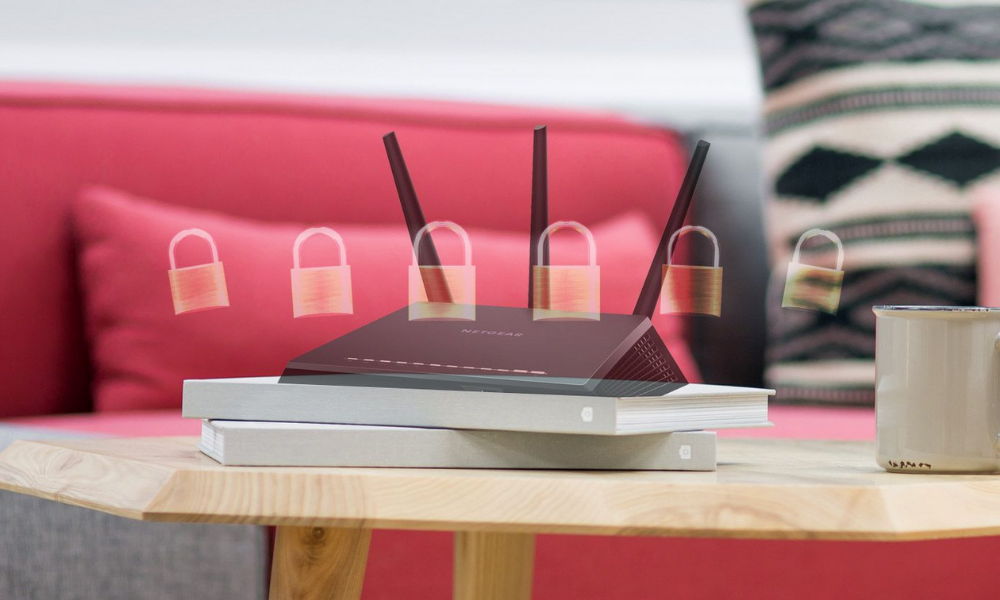

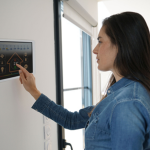

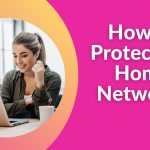


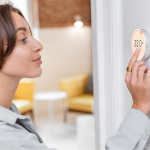
Leave a Reply